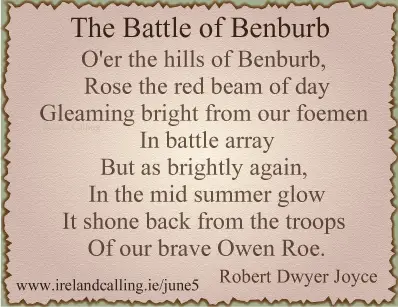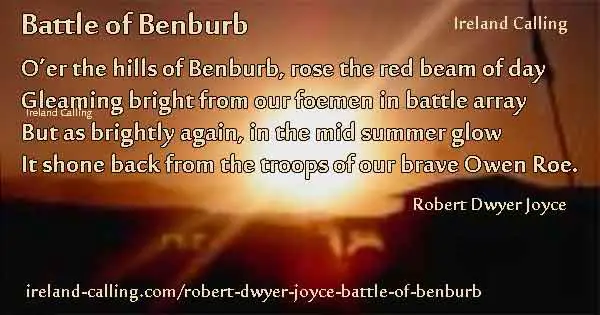june-top.html
 1646 The Battle of Benburb took place on this day in 1646. It was one of a number of conflicts during the Irish Confederate Wars, which were a three-way battle fought between the Irish Catholic Confederates, English and Scottish Parliamentarians and English and Scottish Royalists.
1646 The Battle of Benburb took place on this day in 1646. It was one of a number of conflicts during the Irish Confederate Wars, which were a three-way battle fought between the Irish Catholic Confederates, English and Scottish Parliamentarians and English and Scottish Royalists.
The Battle of Benburb was between the Irish Confederates, led by Owen Roe O’Neill and Scottish Parliamentarians led by Robert Monro. The Scottish army had arrived in Ulster to protect Scottish civilian settlers who were being attacked by the Irish.
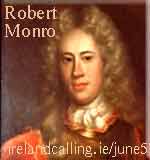 Initially, they forced O’Neill and his army south into mid Ulster, but a stand-off ensued with both sides unable to gain any further ground, and separated by an area of scorched ground. O’Neill reportedly described it as “not only like a desert, but like hell”.
Initially, they forced O’Neill and his army south into mid Ulster, but a stand-off ensued with both sides unable to gain any further ground, and separated by an area of scorched ground. O’Neill reportedly described it as “not only like a desert, but like hell”.
Monro believed he was gaining the upper hand and ordered his men forward marching them 24 miles to intercept the Irish at Benburb. However, he was unaware that O’Neill had gained fresh resources from the Catholic Church.
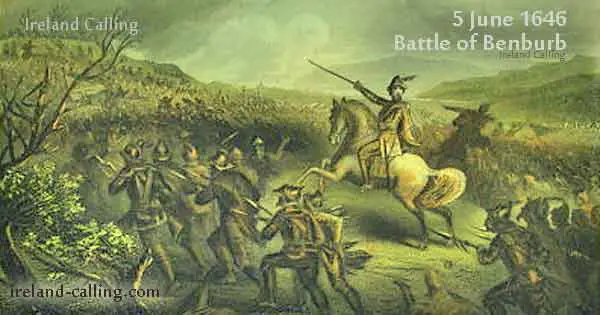 O’Neill confronted the Scottish troops and his men were able to gain the upper hand due to their superior weaponry and tactics. The Scottish were also suffering fatigue after being marched in the difficult conditions for the past 24 hours. The Irish had thinner and longer pikes (spears) and so could effectively attack their enemy from a safer distance.
O’Neill confronted the Scottish troops and his men were able to gain the upper hand due to their superior weaponry and tactics. The Scottish were also suffering fatigue after being marched in the difficult conditions for the past 24 hours. The Irish had thinner and longer pikes (spears) and so could effectively attack their enemy from a safer distance.
The Scots were forced backwards until they were pinned against the banks of the River Blackwater on the Tyrone border. At this point their formation collapsed in on itself, and the Irish mercilessly attacked with pikes and musket fire.
The Scottish troops attempted to flee, but 2-3,000 were slaughtered or drowned as they tried to escape. The Irish lost approximately 300 men in the conflict, making it one their most significant victories of the Irish Confederate Wars.
Click here to read more about Irish history
Read the full poem The Battle Of Benburg here
Here’s Tommy Makem, Owen Roe O’ Neill , Battle of Benburb
* * *
1798 The Battle of New Ross took place outside Wexford on this day in 1798. It was a brutal conflict of the Irish Rebellion, and one that saw thousands dead.
The Irish rebels attacked New Ross in good spirit having successfully taking the city of Wexford days earlier. However, the British anticipated the attack, and had put in place solid defences both inside and outside the town.
The rebels, about 10,000 strong, attacked in three groups with the aim of breaking the outer resistance and entering the town. The first wave was efficiently halted by the British, and the second wave retreated after being intimidated by the aggressive defence. In fact, the second group were chased from the town’s edges by the British troops, but this left the path open for the third group of rebels to storm through.
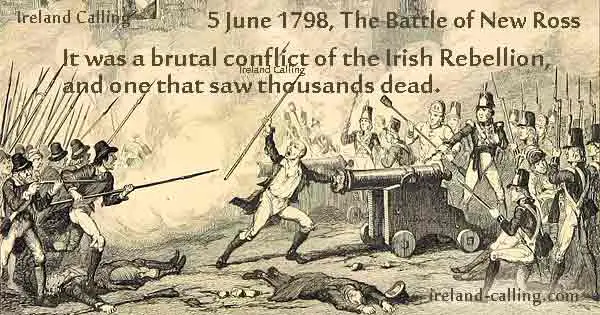 They managed to gain control of more than half the town, despite suffering heavy losses at the hands of the second line of British defence. The rebels were armed mainly with pikes, and lost many men in order to move forward through the musket and cannon fire of the British army.
They managed to gain control of more than half the town, despite suffering heavy losses at the hands of the second line of British defence. The rebels were armed mainly with pikes, and lost many men in order to move forward through the musket and cannon fire of the British army.
The British eventually regained control of the town, thanks to their superior weaponry. Thousands of Irish rebels fled, and hundreds that were stranded in the town once it had been secured were burnt alive by the British. It is estimated that more Irish rebels were massacred after the conflict that were killed in battle.
Click here to read more about Irish history
Discover more about 1798 Rebellion here
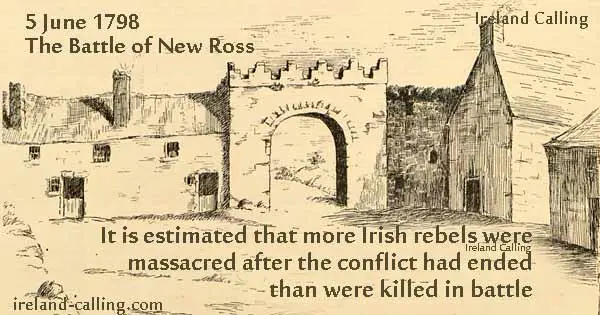
* * *
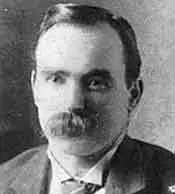 1868 James Connolly was born to Irish parents in Edinburgh on this day in 1868. He was one of the leaders of the Irish rebels in the Easter Rising in 1916. Connolly was a signatory of the Proclamation of Independence at the General Post Office, Dublin.
1868 James Connolly was born to Irish parents in Edinburgh on this day in 1868. He was one of the leaders of the Irish rebels in the Easter Rising in 1916. Connolly was a signatory of the Proclamation of Independence at the General Post Office, Dublin.
Connolly was one of the rebels that was executed for his part in the Easter Rising. He was given the death sentence despite being days from dying from injuries suffered during the conflict. Connolly was so weak he couldn’t stand, and had to be tied to a chair to be executed by the firing squad.
Click here to read more about the Easter Rising
* * *
1932 Christy Brown was born on this day in 1932. He was a talented artist and novelist despite suffering from cerebral palsy, and only having complete control of one limb, his left leg. Brown became a respected writer and painter, carrying out all his work using the toes on his left foot to both hold a paintbrush and a pen.
His autobiography, My Left Foot, was hugely popular when it was published. It was later made into film, for which both Daniel Day-Lewis and Brenda Fricker received an Academy Award for their performance.
Click here to read about more Irish writers
Click here to read more about Brenda Fricker
Click here to read about more Irish actors
* * *
 1944 Happy birthday to Colm Wilkinson, born in Dublin on this day in 1944. He is an opera singer and stage actor, and has performed in huge productions in both London and New York. Wilkinson has worked with industry legends such as Andrew Lloyd Webber.
1944 Happy birthday to Colm Wilkinson, born in Dublin on this day in 1944. He is an opera singer and stage actor, and has performed in huge productions in both London and New York. Wilkinson has worked with industry legends such as Andrew Lloyd Webber.
In 1987, the London production of Les Misérables transferred to Broadway. The American Actor’s Equity Association’s rule of only hiring Irish actors meant that Wilkinson couldn’t continue in his role as Valjean.
The producer of the show, Cameron Mackintosh heard about the potential of losing his leading man and refused to open the show until Wilkinson was re-instated, which he eventually was.
Click here to read about more Irish singers
* * *
2000 On this day in 2000, the British Prime Minister Tony Blair made a public apology to the Guilford Four 11 years after they had been released from prison. The four were convicted of being responsible for the 1974 Guildford pub bombings, in which five people were killed and 65 injured.
All four made confessions to the bombings after their arrests, but later retracted them. They claimed they were the result of police coercion, including threats to family members and torture. All four had an alibi placing them away from the scene on the date of the bombings, and none had any known links with the IRA.
However, they were found guilty and convicted to life imprisonment, and only released after years of campaigns on the outside. None ever received any compensation for the time they spent behind bars.
june-bottom.html
